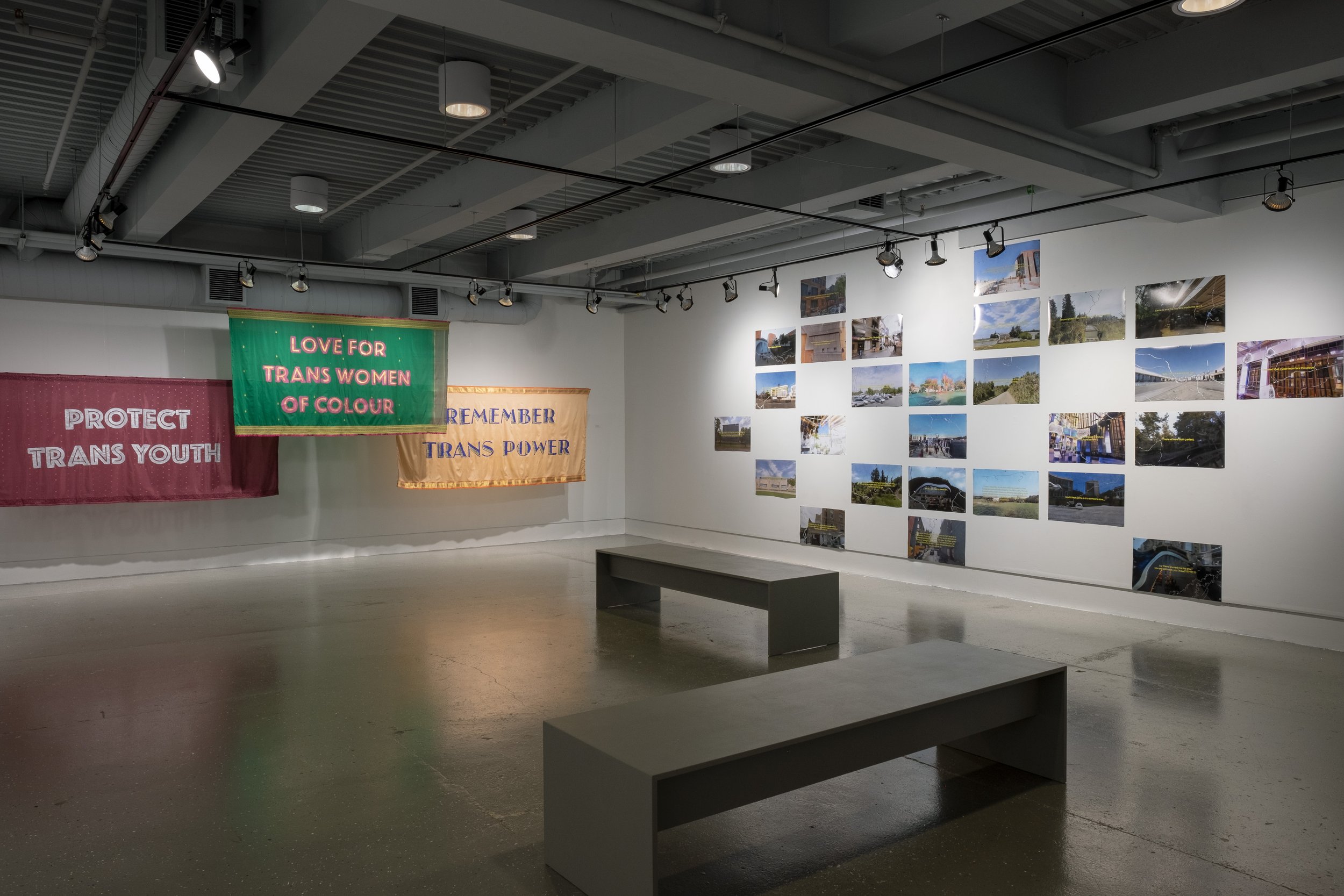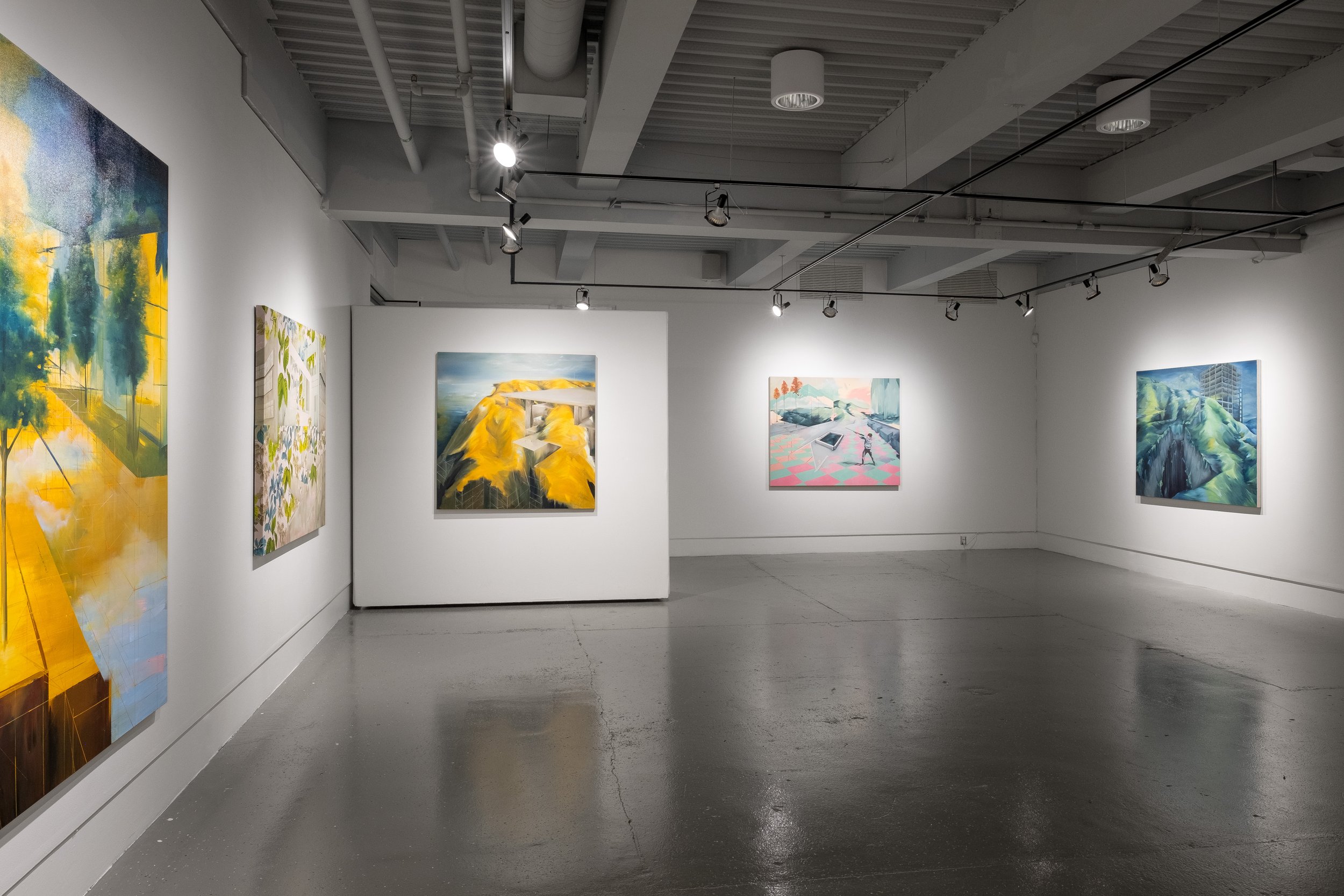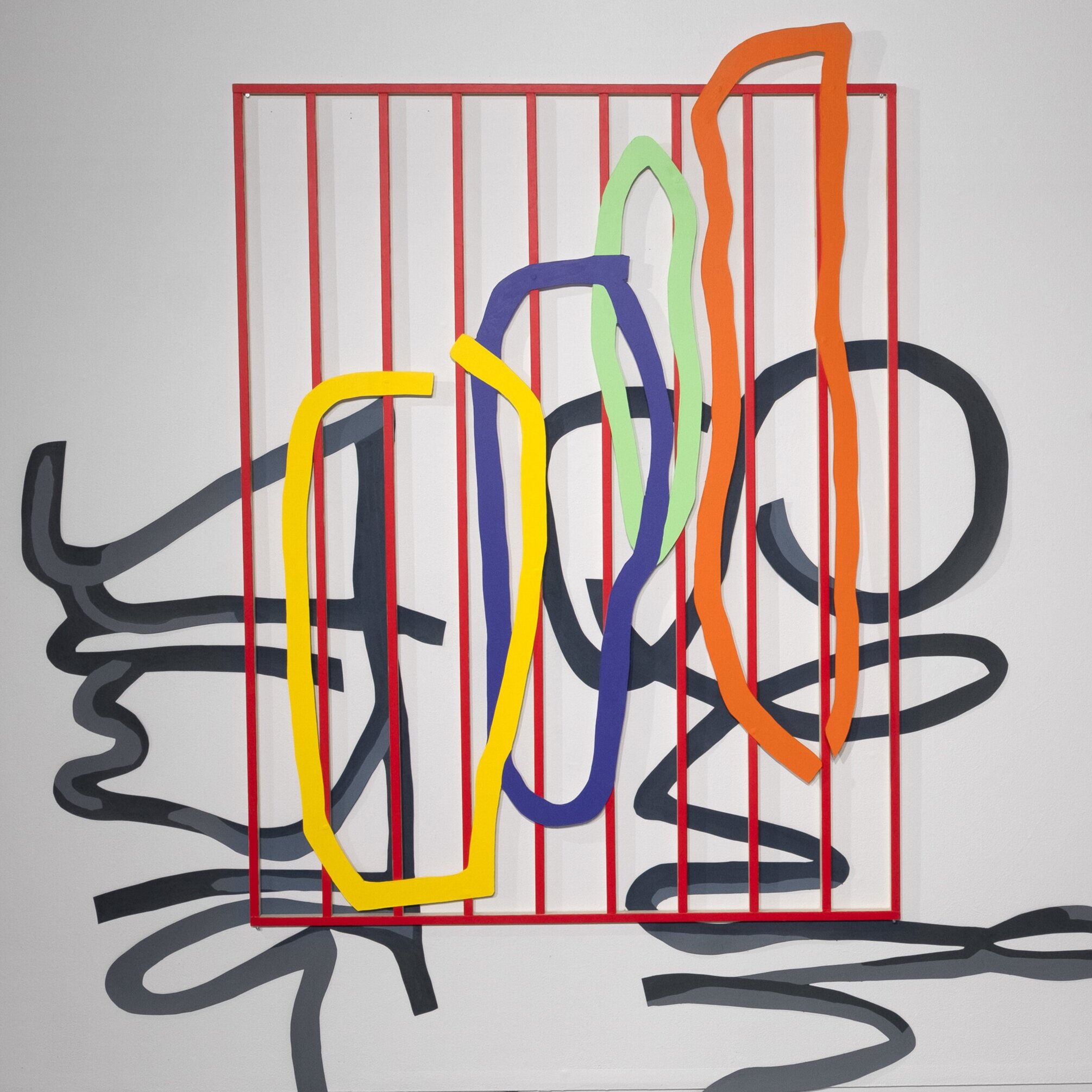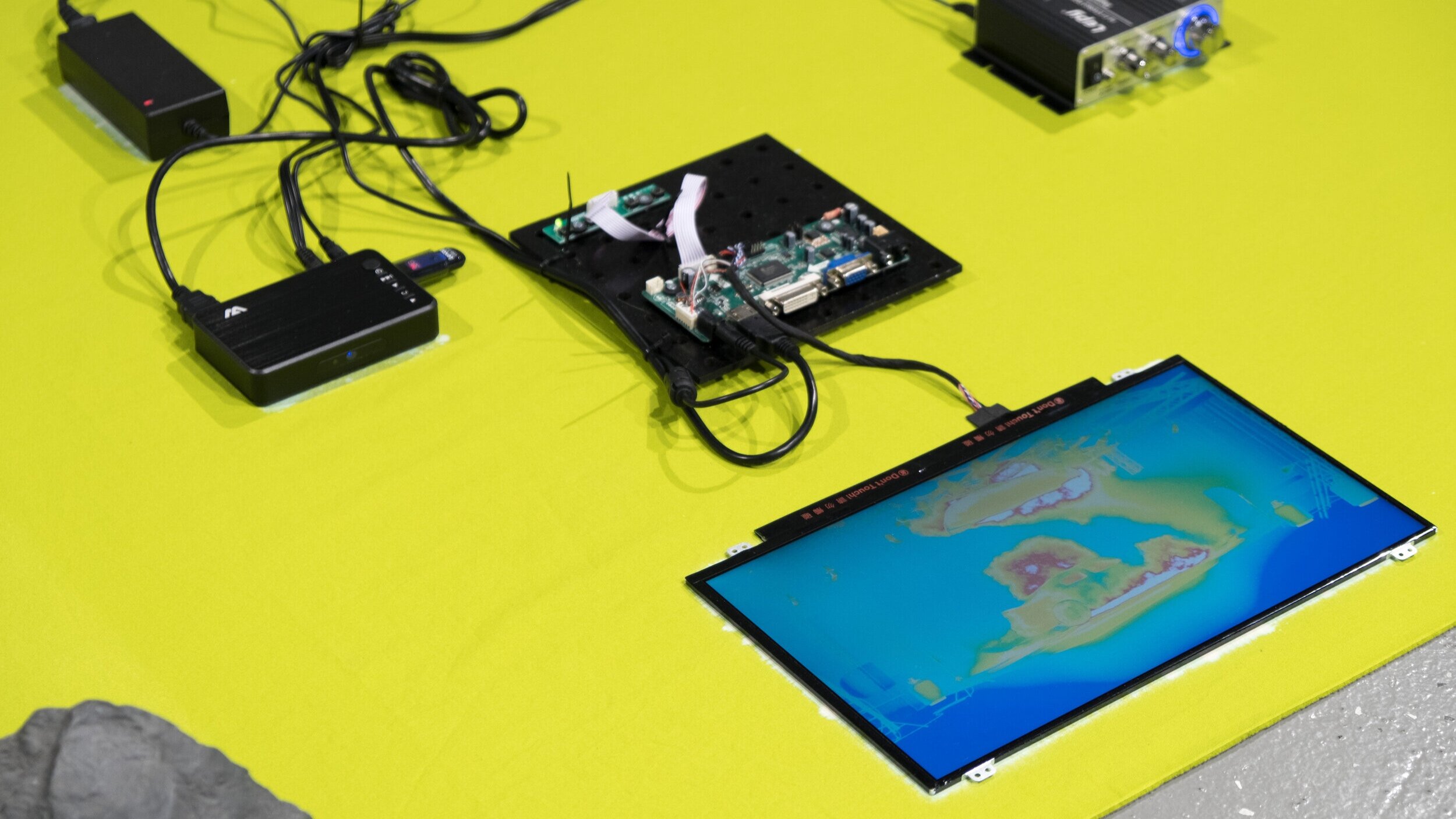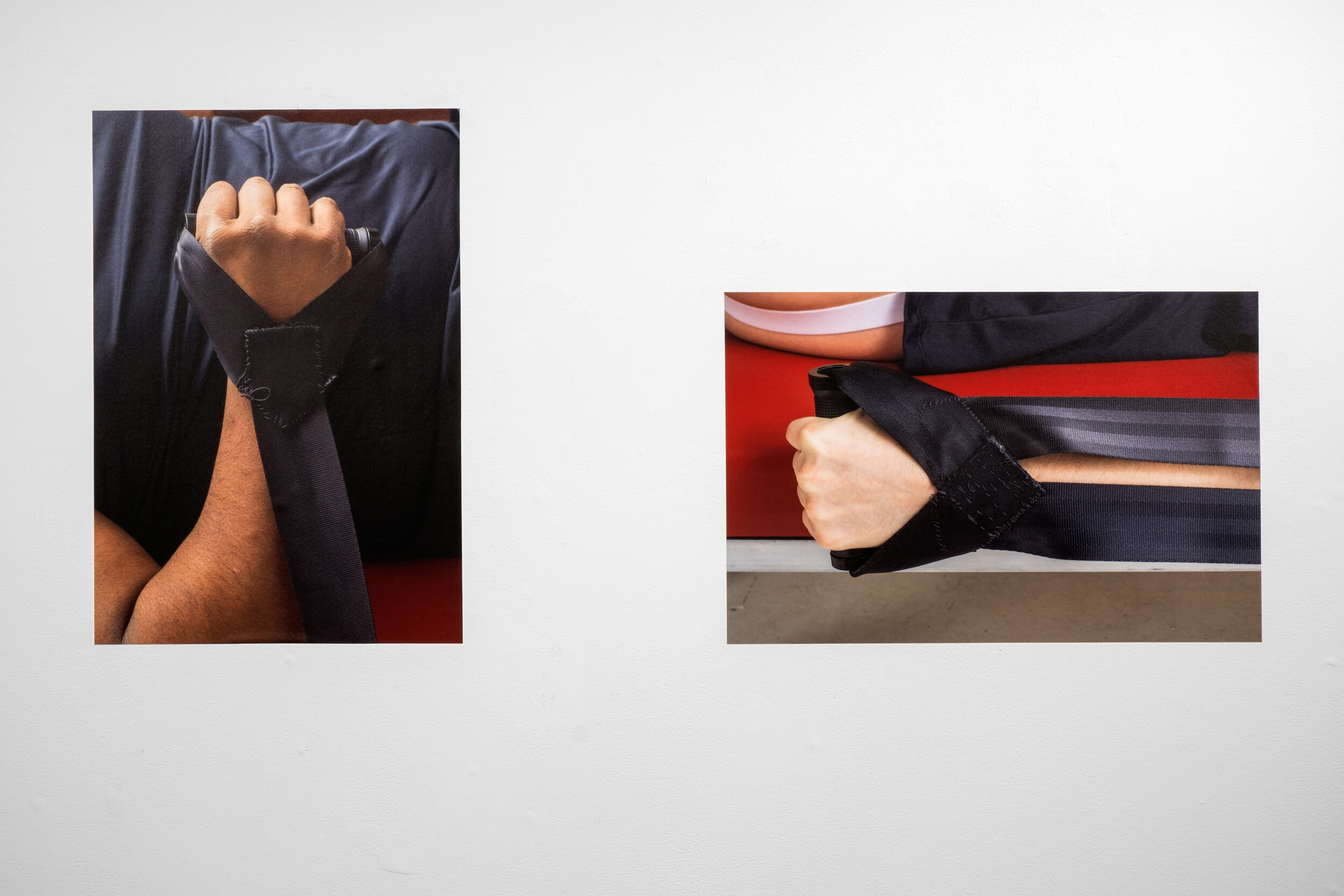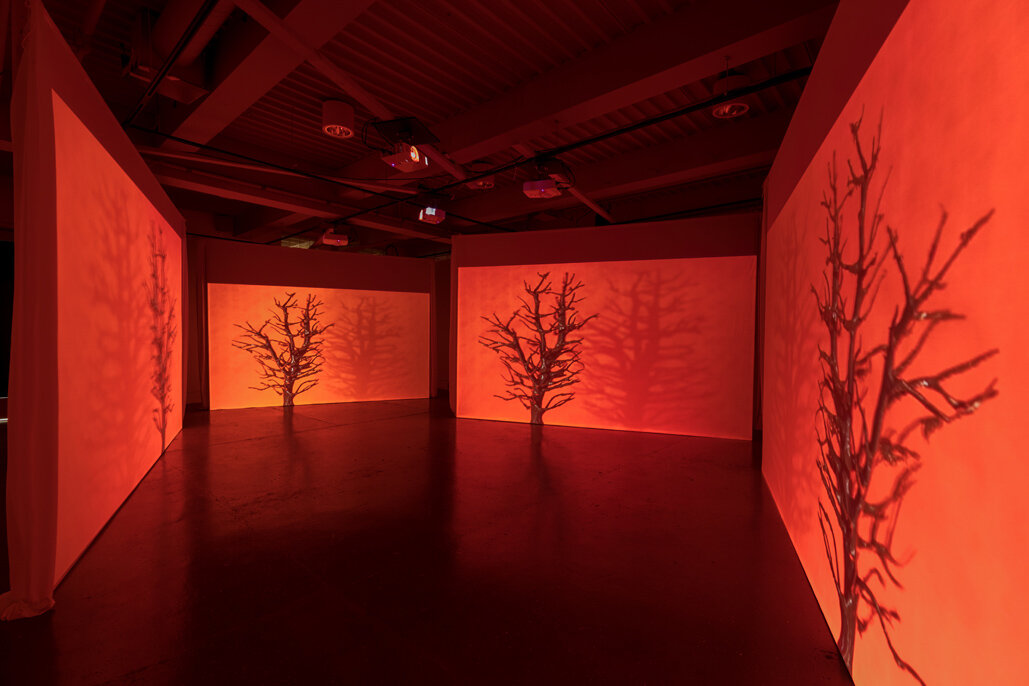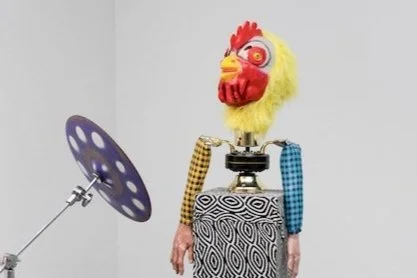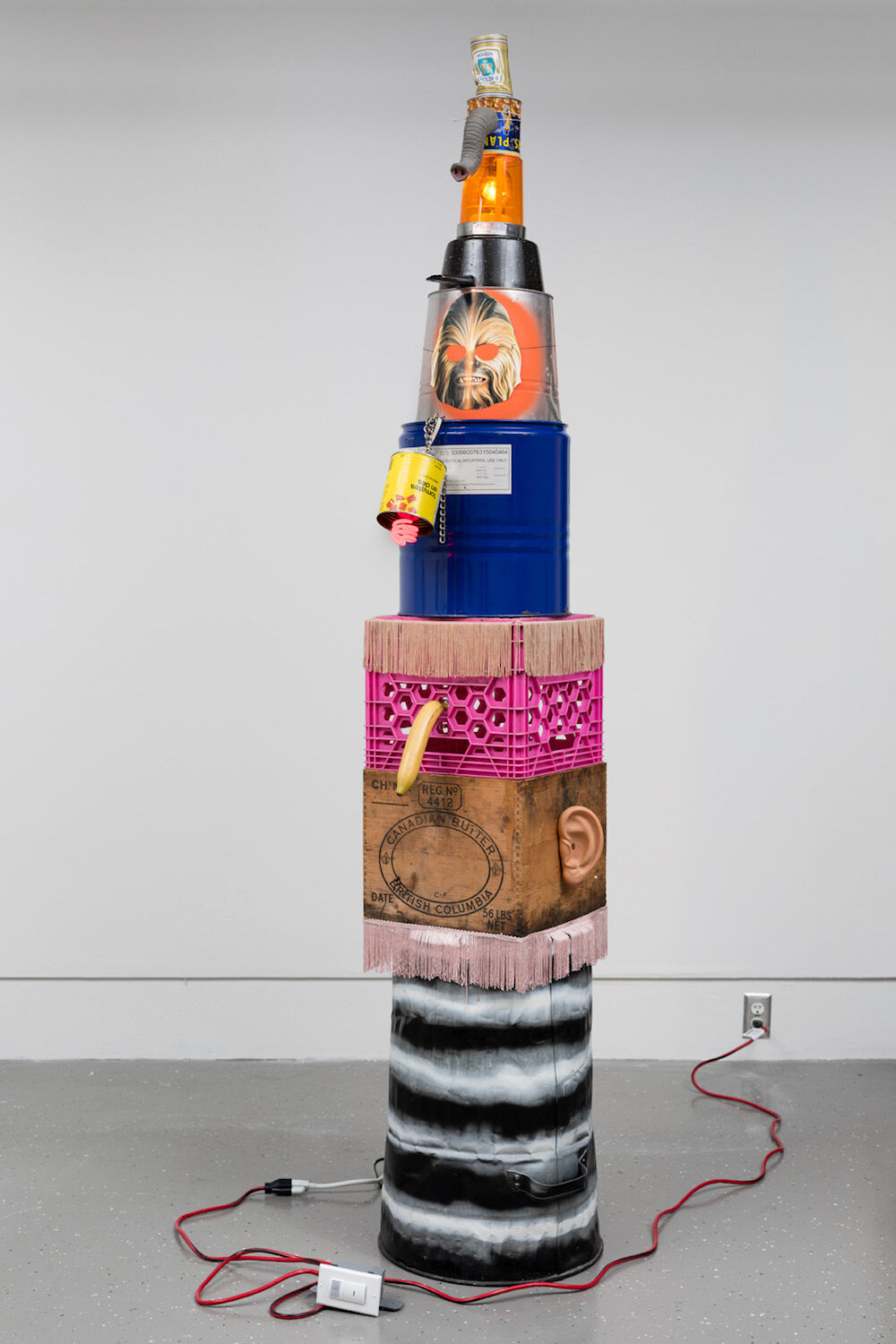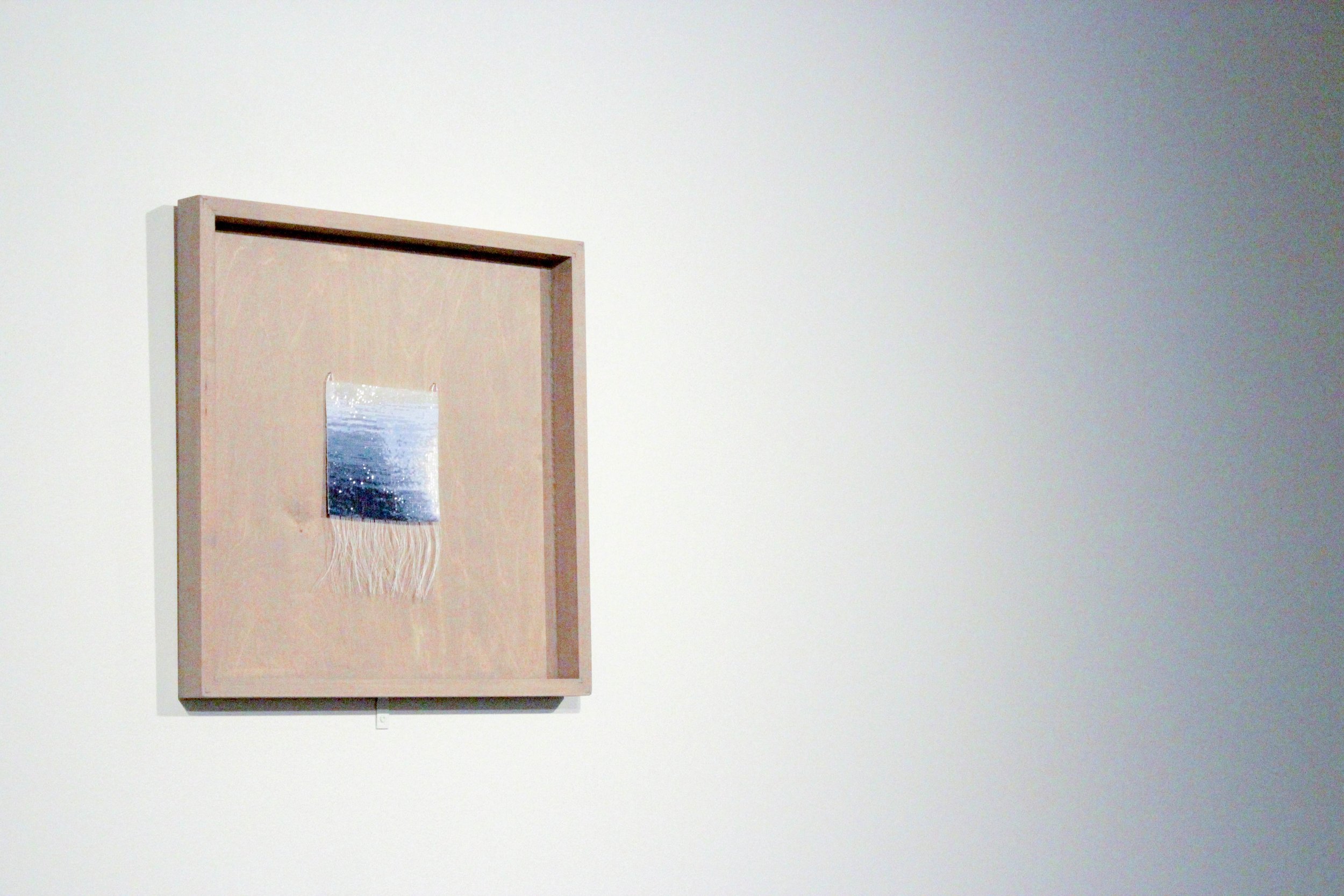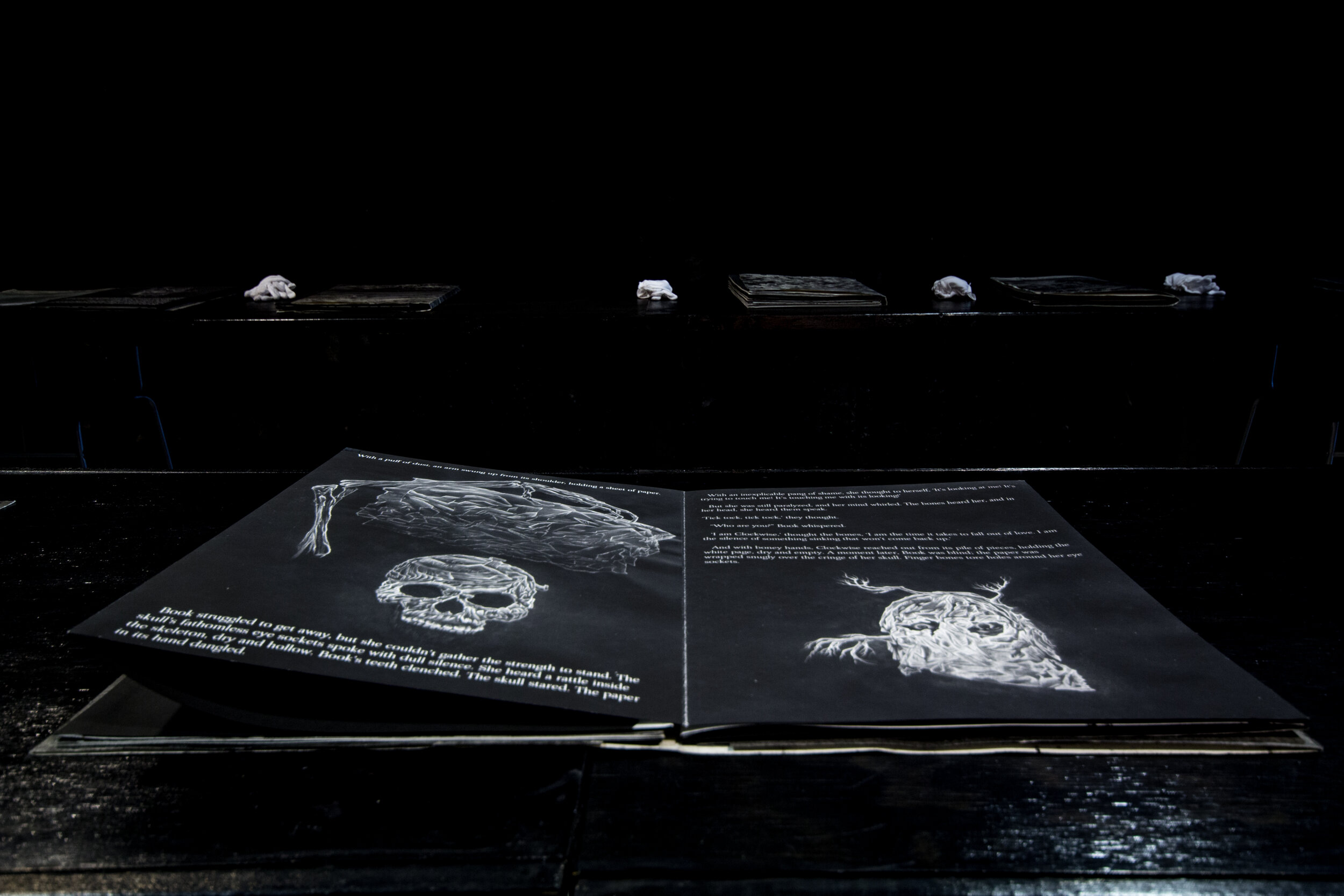
SHAPESHIFTERS // Curated by Carmen Levy-Milne
Opening September 12 in our Main Gallery is SHAPESHIFTERS!
In this exhibition, the collaborative artist trio Kendell Yan, Chris Reed, and Romi Kim will explore the intersections of queer monsters inspired by myths and stories from their unique cultures. A common thread woven through Chinese, Cree, and Korean folklore is the notion of shapeshifters, fictional beings that can transform themselves from one physical form into another. Including a series of lenticular printed photographs, an exploratory film, a performance, and a community centered workshop, the artists come to this project representing stories from their respective heritages while considering the intersections and compatibility between these folktales and their drag personas and gender identities.
Please join us from 6 - 8pm on Friday September 12th for the opening reception. This special opening includes a live performance by Yan, Reed, and Kim; you don’t want to miss this! The opening is free and open to the public, with light snacks and refreshments provided. RSVP here
As an extension of this exhibition, we are pleased to present a hands-on bannock making workshop lead by Chris Reed! For those who have never had the chance to try it before, bannock is a staple food for many Indigenous peoples across Canada, and variations of this dish are part of traditional meals all across the country. Bannock is more than just food: it’s a way of connecting with culture, heritage, and tradition.
Try it for yourself! Join us, alongside all the artists from SHAPESHIFTERS, at the Ki-Low-Na Friendship Society on Saturday, September 13th from 1-3pm. This workshop is free to attend, however space is limited so register today!
In addition to the bannock-making experience, Kendell Yan and Romi Kim will also share stories from their own cultural backgrounds, offering personal insights into the folklore and traditions that inspire their work.
Sign up for the workshop here.
This exhibition is presented in partnership with the SUM Gallery.
Shapeshifters are a multidisciplinary QTIPOC artist collective based on the stolen lands of the xwməθkwəy̓ əm (Musqueam), Skwxwú7mesh (Squamish), and səl̓ílwətaʔ (Tsleil-Waututh) nations. Romi Kim (they/them) , Chris Reed (they/them), and Kendell Yan (she/they) are close friends, drag performers and accomplices. Also known as SKIM (he/him), Continental Breakfast (they/them) and Maiden China (she/they).
Shapeshifters have been collaborating since 2022. Their artistic practice is rooted in collective care, cultural and community histories, kinship, and queer liberation. Shapeshifters have exhibited work at Sum gallery (2022), the Vancouver Queer Film Festival (2023), James Black Gallery (2023), and Queer Arts Festival (2023).
Carmen Levy-Milne (she/her) is a curator and cultural worker born and raised on the unceded land of the xwməθkwəy̓ əm people. As a diasporic Jewish settler, her practice is primarily concerned with the philosophy of tikkun olam (“the repair of the world”), where she sees her work in the arts sphere as responsible for uplifting reparative, decolonial, and critical artistic responses to our broader social, political, and cultural circumstances. She holds an MA in Critical & Curatorial Studies from UBC and a BA in Communication and Cultural Studies with a Minor in Religion and Cultures from Concordia University. Her work has been featured by the AHVA Gallery, the Burnaby Art Gallery, Centre A, Deer Lake Gallery, and the Morris and Helen Belkin Art Gallery.



























































